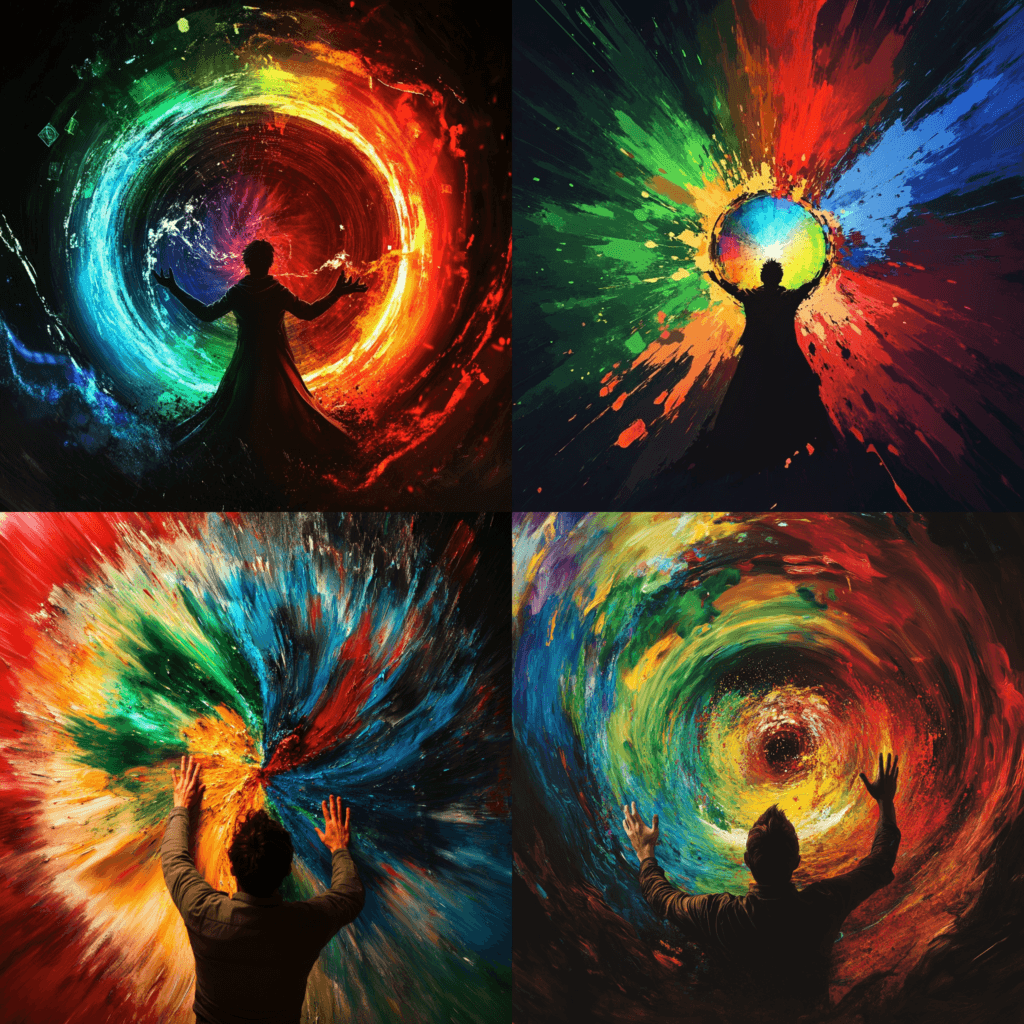AI as a Tool, Not a Replacement
In a rapidly evolving digital world, AI has become a game-changer in creative industries. But
does its rise mean the end of human creativity—whether in originality, skill development, or
human input? In a recent conversation, experts explored this very question, touching on AI’s
impact, the evolving role of humans, and the skills that might be lost, or gained, in
this new era.
The Spectrum of Creativity
AI can handle quick, low-intent creative tasks, like generating a business card design in
seconds. But on the other end of the spectrum, where vision, precision, and artistry come
into play, human involvement remains irreplaceable. AI is a tool, but the creative spark still
belongs to people.
AI’s Role in the Creative Process
One key insight was how AI assists with the heavy lifting at the start of a project. It can
streamline bureaucratic or repetitive tasks, allowing creatives to focus on higher-level
strategy and execution. But does removing the struggle of the initial steps make us less
creative?
Experts argue that while some skills may fade (like troubleshooting software in an era of
seamless apps), new skills will emerge, such as the ability to craft effective AI prompts or
fine-tune machine-generated content. The ability to guide AI effectively, refine its outputs,
and build upon its foundations will be invaluable.
Raising a Creative Generation
With AI making it easier than ever to generate experiments, how do we ensure the next generation
remains creative? Could it be through emphasizing critical thinking, hands-on
experimentation, or fostering deeper curiosity? The answer lies in fostering curiosity and
iterations. Instead of simply consuming AI-generated content, encouraging hands-on
creativity, storytelling, design, problem-solving, will be key to maintaining that edge.


The Human Factor
Despite AI’s advancements, there’s one thing it can’t replicate: the human touch. Social
interactions, tactile experiences, and our innate ability to recognize when something feels
“off” will always be crucial. AI may shape how we create, but people will always be at the
center of true innovation.
Looking Ahead
AI is not the end of creativity, it’s an evolution. It can help remove friction, speed up
processes, and enhance creative output. But the best ideas, the most meaningful creations,
and the real breakthroughs will always come from human minds.
Want to hear the full discussion? Stay tuned for more insights on the future of creativity and
AI.
Check our latest conversation with behavioral masters Susan Weinschenk and Guthrie Weinschenk from The Team W:
